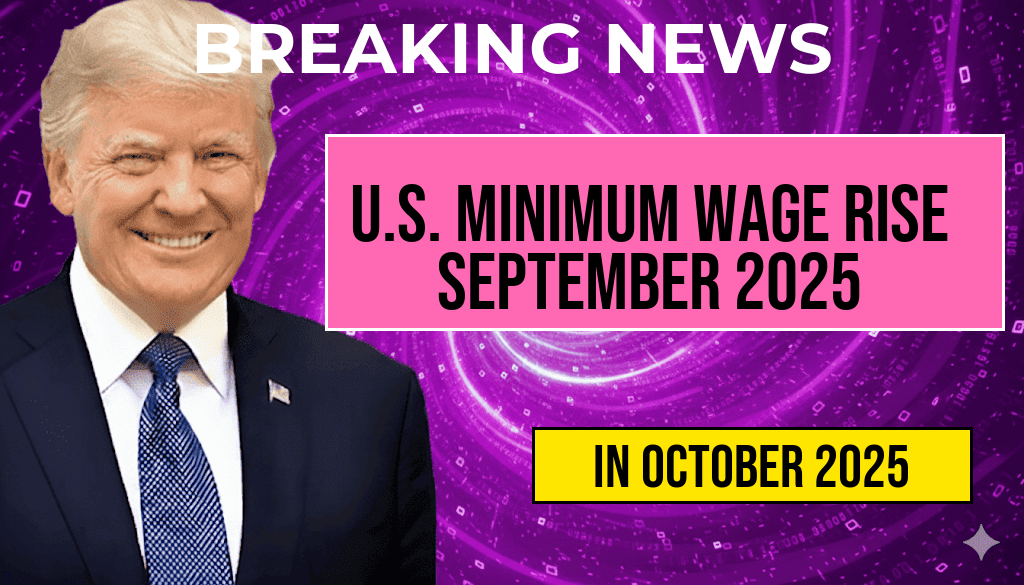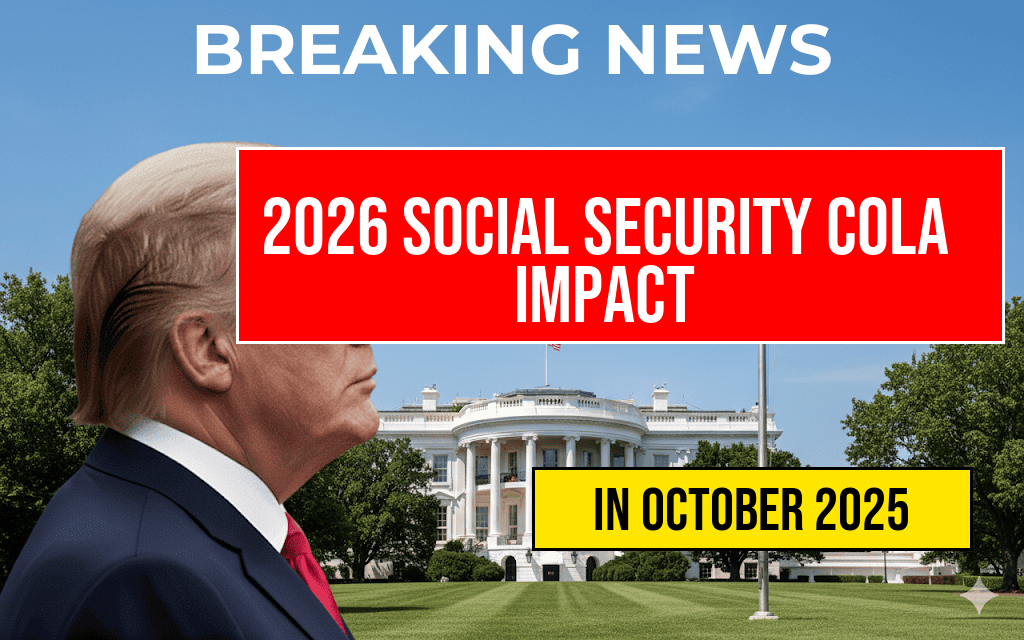The United States is set to implement a significant increase in the federal minimum wage, effective September 30, 2025. This adjustment marks a pivotal step in ongoing efforts to address wage stagnation and economic inequality across the country. The new hourly rates, which vary by state, are designed to provide relief to millions of workers earning the current federal minimum of $7.25 per hour. While some states have already committed to higher minimum wages, the federal increase aims to create a more uniform baseline, impacting workers in states with lower wage floors. This change is expected to influence employment patterns, business costs, and consumer spending, making it a focal point for economic analysis and policy debates. Below, readers will find a comprehensive list of the new hourly rates by state, along with context about the factors guiding these adjustments and their potential implications for workers and employers alike.
Details of the Federal and State Minimum Wage Increase
The federal minimum wage, which has stood at $7.25 since 2009, will see a scheduled increase mandated by recent legislation that ties wage adjustments to inflation and economic indicators. This legislation requires the Department of Labor to review and adjust the minimum wage periodically, with the upcoming change scheduled for September 2025. However, individual states retain the authority to set higher minimum wages based on local economic conditions, resulting in a patchwork of rates across the country.
As a result, workers in states like California, Massachusetts, and Washington already benefit from significantly higher minimum wages, often surpassing $15 per hour. The federal update aligns more closely with these standards, providing a baseline for workers in lower-wage states and influencing future wage negotiations. Employers and policymakers alike are examining the potential impacts of this increase on employment, inflation, and economic growth, as well as the prospects for further adjustments in the coming years.
Updated Hourly Minimum Wages by State
| State | New Hourly Rate | Previous Rate |
|---|---|---|
| Alabama | $7.25 (federal minimum) | $7.25 |
| California | $16.00 | $15.50 |
| Florida | $11.00 | $10.50 |
| New York | $15.00 | $14.20 |
| Texas | $10.00 | $9.50 |
| Washington | $15.74 | $15.45 |
| Massachusetts | $15.00 | $14.25 |
| Illinois | $14.50 | $14.00 |
| Nevada | $12.50 | $11.75 |
| Other States | Varies, generally between $7.25 and $15.74 | Previous rates vary |
Factors Influencing the Wage Adjustment
Legislative Framework and Inflation Ties
The upcoming wage increase follows legislation that mandates automatic adjustments based on the Consumer Price Index (CPI). This approach aims to ensure wages keep pace with inflation, preventing erosion of workers’ purchasing power. The law also sets guidelines for phased increases in states that have not yet adopted higher minimum wages, with many jurisdictions planning to evaluate their rates annually.
State-Level Policies and Economic Conditions
States with robust economies and lower unemployment rates tend to set higher minimum wages, reflecting local labor market strengths. Conversely, some states maintain lower rates to attract business investment, balancing wage growth with economic competitiveness. For example, California and Massachusetts have committed to gradually raising wages beyond the federal minimum, often citing the high cost of living and labor shortages as motivating factors.
Impacts for Workers and Employers
The wage increase is anticipated to benefit millions of workers earning near or at the minimum wage, providing increased income stability and purchasing power. However, some business associations express concerns over potential increases in labor costs, which could influence hiring practices or lead to higher consumer prices. Economists are closely monitoring these developments, noting that the effects will likely vary significantly across regions and industries.
Small businesses in particular may face challenges adapting to higher wage floors, prompting discussions about potential support programs or phased implementation strategies. Meanwhile, advocates argue that higher wages can stimulate local economies by increasing consumer spending and reducing dependence on social safety net programs.
Additional Resources
- For comprehensive details on federal and state wage laws, visit the Wikipedia page on minimum wage in the U.S..
- To analyze economic trends related to wage policies, refer to Forbes’ coverage on labor market updates.
- For official announcements and updates, check the U.S. Department of Labor.
Frequently Asked Questions
What is the effective date of the new U.S. minimum wage rates?
The new minimum wage rates will become effective on September 30, 2025.
Which states or regions will see changes in their minimum wage rates?
The article provides a full list of states, cities, and regions that will implement the minimum wage increase starting September 30, 2025, highlighting where the new hourly rates apply.
How much will the minimum wage increase in different areas?
The article details the new hourly rates for various locations, showing the percentage increase compared to previous wages to help workers and employers understand the changes.
Are there any exceptions or special provisions for certain types of workers?
Yes, the article discusses exceptions, exemptions, or special provisions for specific worker categories, such as tipped employees or youth workers, related to the minimum wage increase.
What impact will the minimum wage increase have on employers and employees?
The article explores the potential economic and employment effects of the wage hike, including its impact on business operations, wages, and cost of living.









